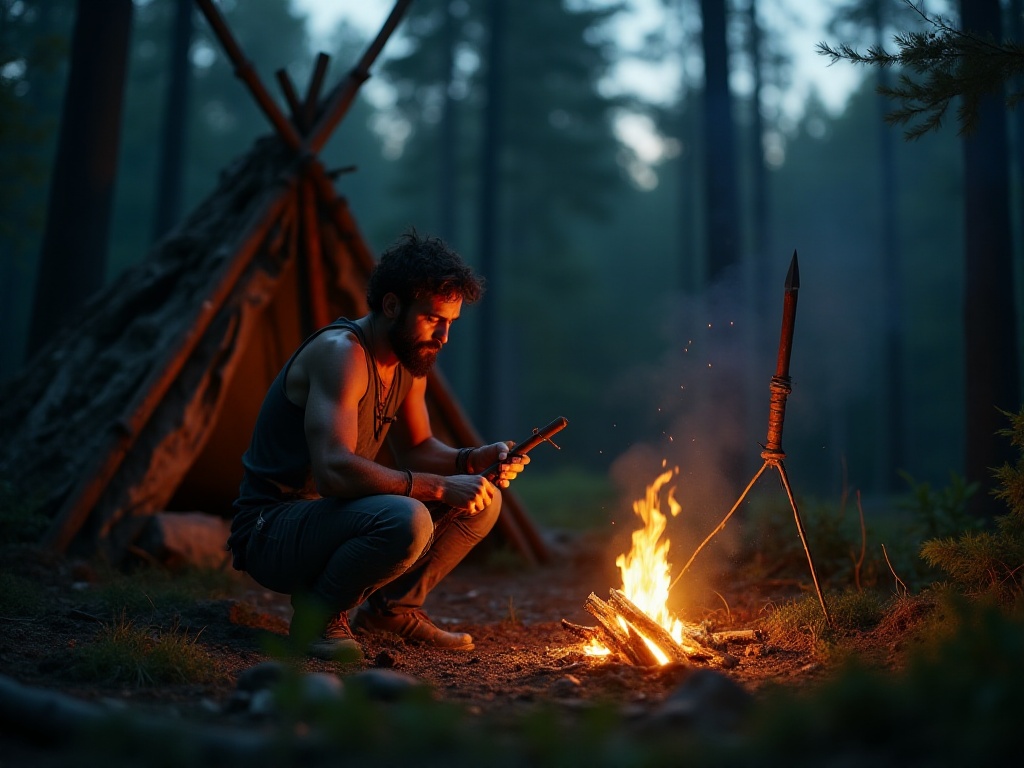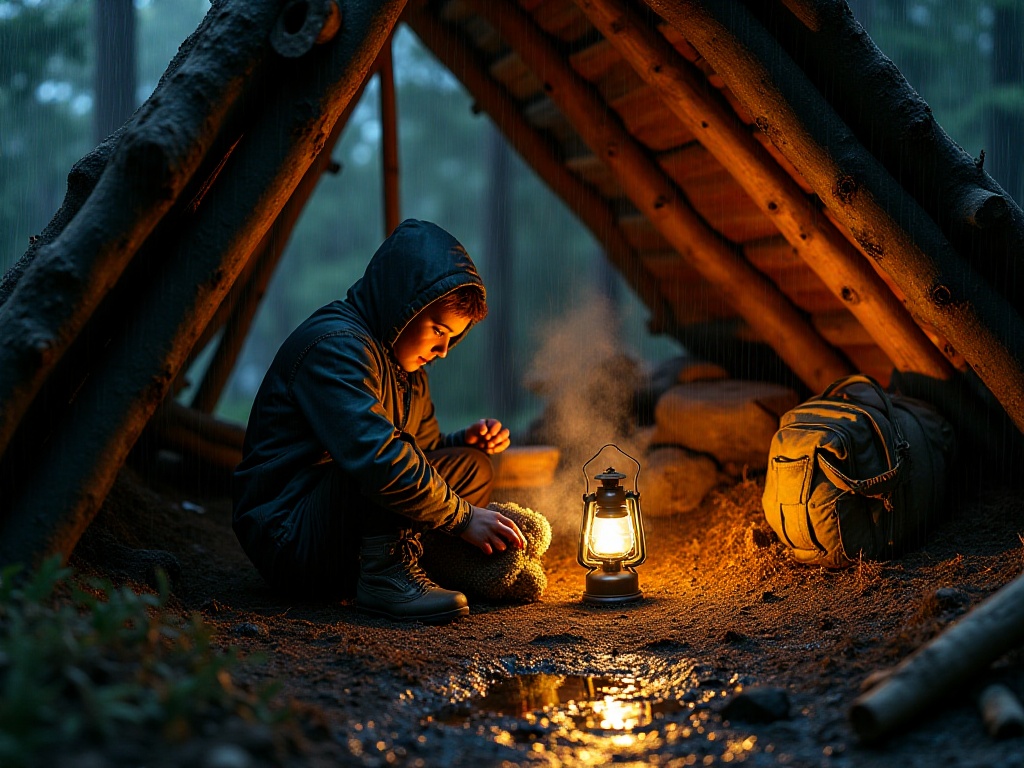Introduction
Hey there, outdoor enthusiasts! As a seasoned outdoorsman with over a decade of wilderness experience, I'd like to share some valuable wilderness survival tips with you. Over the years, I've seen too many outdoor novices end up in difficult situations due to insufficient preparation or lack of skills. But don't worry - master these techniques, and you'll be able to thrive in the wilderness like a boss!
Doing Your Homework
The number of wilderness rescues due to inadequate preparation is truly alarming. According to the U.S. National Park Service data, there were over 3,000 rescue operations in 2022 alone, with 80 percent being preventable. Just think about it - couldn't all these troubles have been avoided with proper preparation?
It's absolutely crucial to inform your family or friends about your specific itinerary before heading out! I recommend creating a detailed trip plan that clearly outlines your departure time, route planning, camping locations, and expected return time. This not only gives your family peace of mind but also helps rescue teams locate you quickly in case of emergencies.
Speaking of plant identification, it's truly a complex subject! North America has over 700 poisonous plants, with poison oak, poison sumac, and poison ivy being the most common. A friend of mine carelessly touched poison oak once and suffered for two whole weeks. That's why I strongly recommend studying local plant guides before departure and learning about common poisonous plants to avoid unnecessary troubles.
Besides plant identification, weather forecasts are essential to monitor. I frequently use professional outdoor weather apps that provide more accurate forecasts, including precipitation probability, wind speed, and atmospheric pressure changes. Remember, mountain weather changes much faster than in cities - conditions can shift from sunny to stormy within an hour. I suggest checking weather updates every few hours to adjust your plans accordingly.
Terrain research is also crucial. I carefully study routes on Google Earth beforehand, marking potential hazardous terrains like steep slopes, cliffs, or seasonal streams. I also download offline maps since there's often no signal in the wilderness. I recommend having at least two different navigation tools, such as GPS devices and paper maps, so you have a backup if one fails.
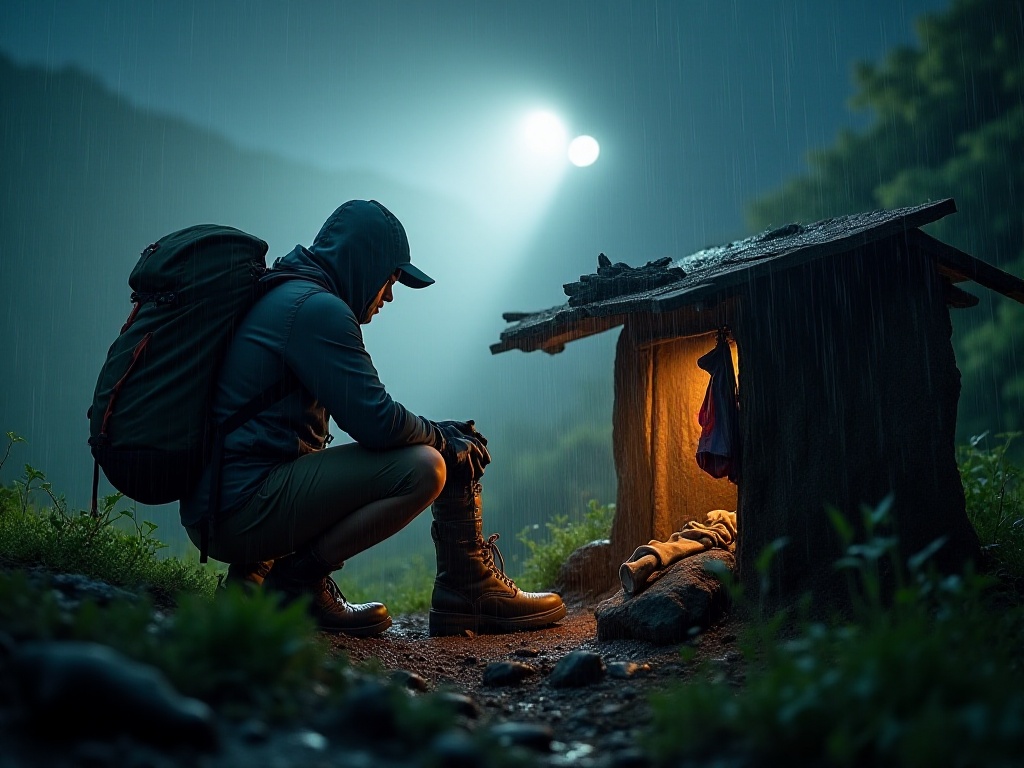
Equipment Checklist
Regarding equipment, my philosophy is: better to have it and not need it than need it and not have it. As a competent wilderness survivor, here's the essential gear you can't do without:
Let's start with multi-tools. My favorite is the Swiss Army Knife - it's small but incredibly versatile. From opening cans and repairing equipment to cutting rope and emergency medical care, it's invaluable. I particularly recommend Victorinox's Hunter series - though slightly pricey, its quality and practicality are excellent.
Emergency blankets might look like just a flimsy piece of foil, but their importance can't be underestimated. They can help maintain body temperature in emergencies and potentially save your life. I remember once encountering a sudden rainstorm in the mountains where temperatures dropped to single digits - it was this lightweight emergency blanket that helped me survive that cold night.
A survival whistle is also essential gear. Trust me, its sound is more effective than shouting yourself hoarse in the wilderness. Professional survival whistles can produce clear sounds underwater and reach volumes over 120 decibels. I usually choose whistles with built-in compasses for dual functionality.
Food and drinking water are major considerations. I recommend packing at least 50% more than planned. High-energy foods are preferred, such as nuts, energy bars, and chocolate. These foods are easy to store and energy-dense, providing sufficient strength when needed.
For drinking water, each person needs at least 3 liters per day, possibly more in hot conditions or during intense activity. Portable water filters are my favorite - they can filter out 99.99% of bacteria, allowing you to safely drink from streams or lakes in emergencies. However, even with filtration tools, try to avoid potentially contaminated water sources.
Lighting tools are crucial. I usually carry a high-powered LED flashlight as my main light source, plus a compact headlamp as backup. Choosing waterproof products is important since wilderness conditions are unpredictable - you never know when you'll encounter rain.
For communication devices, besides phones, I strongly recommend carrying a satellite phone or emergency locator. Though expensive, these devices might be your only connection to the outside world in areas without cellular coverage.
Medical supplies are essential. A basic first aid kit should include: disinfectants, bandages, band-aids, pain relievers, and antihistamines. If you have special medical needs, remember to bring appropriate medications. I also carry extra activated charcoal - it's useful for both food poisoning and water purification.
Protective gear requires careful consideration. Seemingly simple items like sunscreen, insect repellent, hats, and gloves are all very useful in wilderness environments. I particularly recommend waterproof sunscreen with SPF50 or higher, as UV radiation is usually much stronger in the wilderness than in cities.
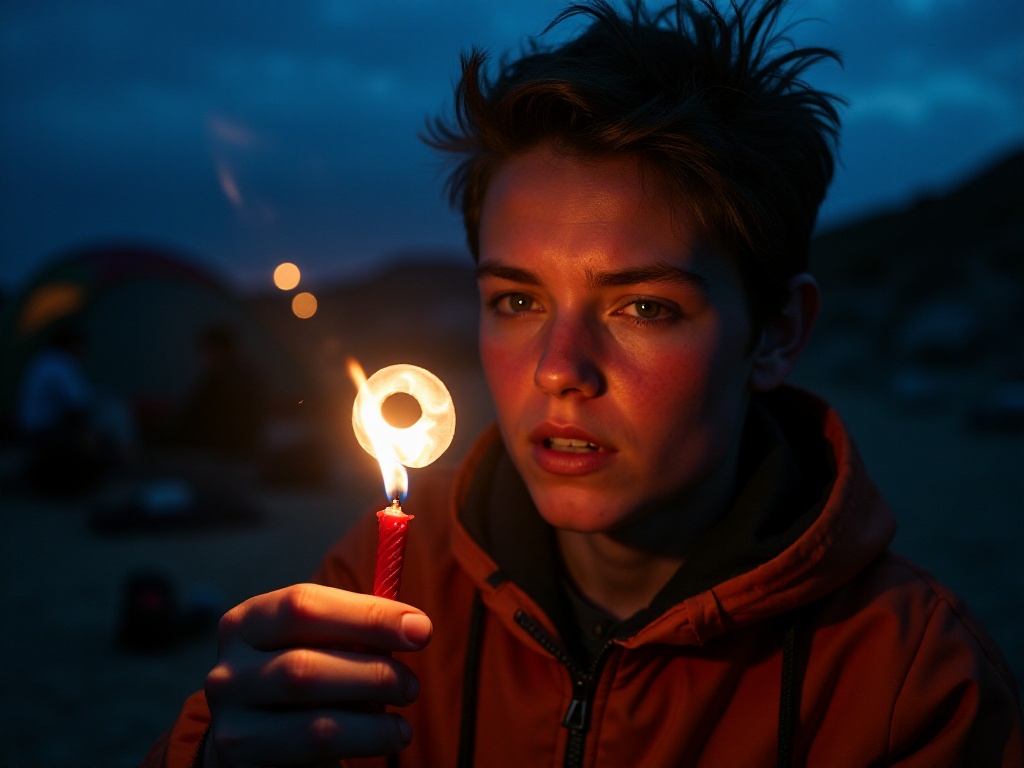
Shelter Techniques
What if you get lost? This might be many people's biggest concern. The first golden rule is: stay calm! Rescue statistics show that 90% of lost people make wrong decisions due to panic, ultimately making their situation worse.
Let me teach you a practical technique for building a temporary shelter. First, find two trees about 2 meters apart, then stretch a sturdy rope between them. Next, drape a waterproof sheet or coat over the rope, and finally secure the sides with rocks. This creates a simple but practical A-frame shelter. From my experience, this structure is not only easy to build but also quite stable and effective against wind and rain.
If you don't have a waterproof sheet, you can use natural materials around you. For example, build a framework with branches and cover it with leaves. Note that leaves should be layered like roof tiles from bottom to top for effective rain protection. In cold environments, you can lay thick leaves or pine needles inside the shelter for good insulation.
Choosing shelter location is also crucial. First, avoid valley bottoms and low-lying areas, as these places tend to collect water and are colder at night. Second, stay away from dead trees and large branches, which can be dangerous during storms. It's best to choose a sheltered location on slightly higher ground, providing both wind protection and avoiding water accumulation.
Wilderness orientation is also an important skill. Without a compass, you can use natural features to determine direction. For instance, in the Northern Hemisphere, tree rings are usually denser on the south side; moss typically grows on the north side of trees or rocks because it's cooler and damper there. At night, you can use the North Star for direction - it always points true north.
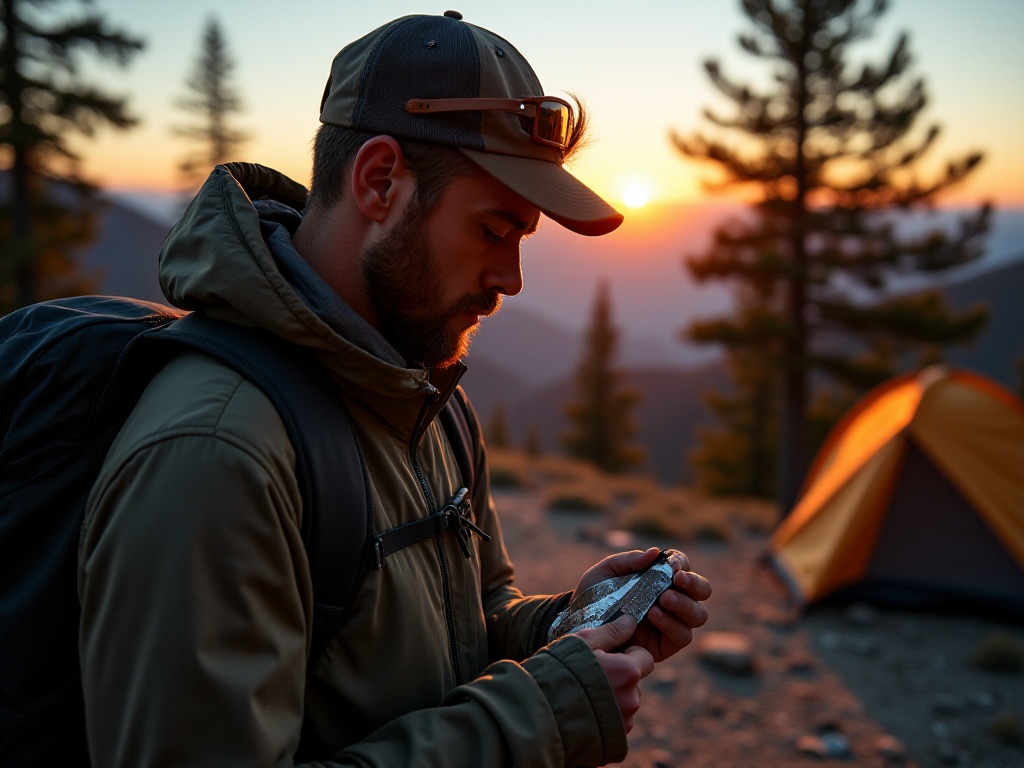
Distress Signals
Knowing how to send effective distress signals is crucial when facing danger in the wilderness. The international distress signal is any form of three repetitions. For example, three short whistle blasts, or three flashlight flashes, followed by a pause before repeating. This signal is universally recognized by all search and rescue personnel. I once successfully used this method to get a rescue helicopter to spot my location.
Besides sound and light signals, you can send distress signals in other ways. For instance, arranging branches or stones to spell "SOS" in a clearing - this letter combination is the international distress signal. If you have enough materials, make the letters as large as possible for better visibility from air search teams.
When conditions allow, making fire is also an excellent rescue method. During daytime, wet leaves can create dense smoke visible from far away. At night, dry branches can make bright fires. Remember, rescue signals should follow the "rule of three" - you can make three fires or create three intermittent smoke columns.
If you have flares, use them strategically. Wait until you hear or see rescue teams before using them for best effect. Flares typically have limited range, so using them too early might miss the best opportunity. Also, be particularly careful with flare safety, ensure correct firing direction, and avoid causing fires.
Finally, maintaining strength and body temperature is crucial while waiting for rescue. Exercise moderately to generate heat, but don't over-exert yourself. If possible, make a fire for warmth, but ensure it's safe to avoid forest fires. Also, drink water regularly to stay hydrated and maintain mental clarity.
Remember, when facing danger in the wilderness, staying calm and rational is most important. Often, correct judgment and reasonable actions are more important than blind survival efforts. Master these basic survival skills, and you'll be able to handle wilderness situations with ease!




